Sometimes it's easy to forget that some of the things we know today were only recently discovered. A hundred years ago we did not know about the existence of other galaxies and we barely knew the solar system. Impressions for the transition of New Horizons (Newp-Horizons) Near Pluto and Charon tomorrow
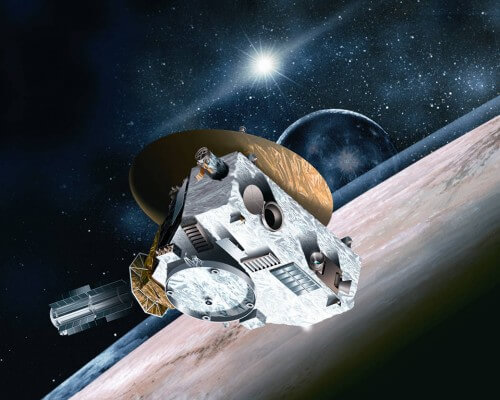
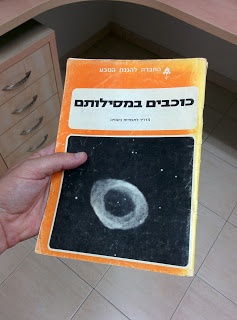
Sometimes it's easy to forget that some of the things we know today were only recently discovered.
For example, 100 years ago the concept of "galaxy" was not yet used because there were not yet good enough means of observation and measurement to detect that there were additional "Milky Ways", andThe nuclear fusion process that powers the sun Known to us only from the end of the 30s of the last century.
But in order to understand the solar system one had to wait for the beginning of the space age.
This is how we learned that the Earth has an invisible envelope of charged particles trapped in its magnetic field. We learned what the far side of the moon looks like. We discovered that the planet Mercury is not 'locked' with one side always facing the Sun, and we discovered that Jupiter also has its own ring system.
Yesterday I found at my parents' house the booklet "Kohavim in their tracks" by Natan Aryeh (published by the Society for the Protection of Nature in cooperation with the Israel Astronomical Society, 80, published by Sixth of XNUMX). This booklet introduced the world of astronomy to the child I was in the early XNUMX's for the first time.
I especially remembered the table of planets, as shown below.
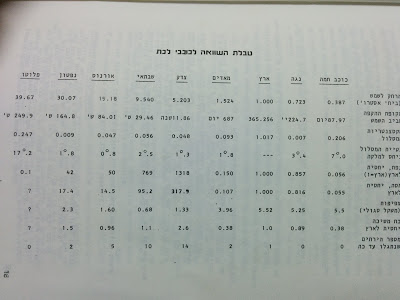
Despite the sixth edition (1982), the information is still up-to-date for the year of original publication (1978), when the Voyager spacecraft had just set off for the outer planets.
The particularly striking detail is that the amount of moons that have been discovered since then is enormous; 67 to Jupiter, 62 to Saturn (with lots of other tiny moons), 27 to Uranus, 14 to Neptune and 5 to Pluto.
The other notable detail is the question marks in Pluto's column. In fact, the lack of knowledge of mass, density and gravity is due to the fact that Pluto's large moon, Charon, has not yet been discovered. It was discovered the same year the booklet first came out, but other than that most questions about Pluto remain unanswered.
From my point of view, growing up in a time when every few months or years new discoveries of moons or other findings from the surface of planets were published, was very exciting and exciting. Today the situation is even more interesting for astronomy enthusiasts. First, there are more space missions, and they are infinitely more modern and sophisticated. Second, the Internet allows information to reach us in a very short time from the moment it is received by the giant antennas of the deep space network. Sometimes in just minutes.
Tomorrow (14/7/2015) a spacecraft will pass for the first time near Pluto, which today is defined as a dwarf planet. To get answers to some of the questions, the New Horizons spacecraft, the fastest spacecraft ever, was sent on a journey of nearly 10 years during which it covered almost 6 billion kilometers, and at its peak it will pass within a tiny distance of about 13,000 kilometers from the surface of Pluto.
A lot of new information is obtained thanks to one spacecraft. Photographs can be taken from orbit around the Earth, but they will never compare to those taken at close range. Apart from the moon, which is very close to us, it is not possible to identify geological characteristics of other objects. These characteristics are the key to understanding the processes that created the solar system and that brought it to its current form. These processes still drive changes in our environment, on Earth. And we should really understand them well if we want to stay around in the future.
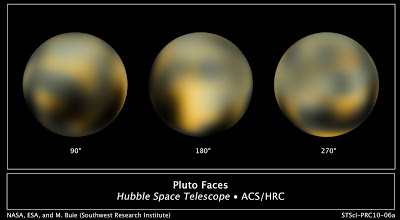
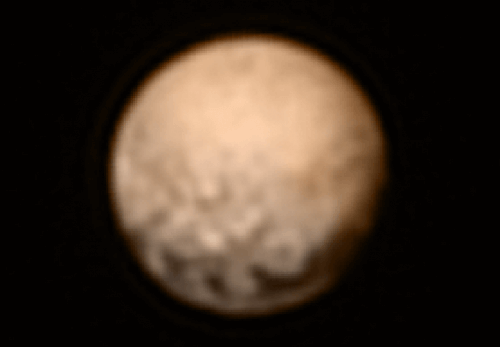
Except for photographs, only a spacecraft that passes close to a place can measure magnetic fields, radiation, particles, dust and more.
Answers to old questions and opening new questions
Spaceships loaded with scientific instruments satisfy our curiosity and allow us to answer many questions, but at the same time they reveal a lot of additional information that makes us ask new questions. In a few days we will receive a lot of new information, which will strengthen the existing knowledge on the one hand, and will be a basis for questions that at the moment we don't even know how to ask yet. This is scientific progress that is happening before our eyes.
A final note that I hope will not lower your expectations too much: it takes a really long time to transfer data from the remote spacecraft back to Earth. Don't expect all the interesting information to arrive on the day of the move. Certain details will come before, more details a few days later, and the best quality information will come later this year and next year.
It will take time, but if we've waited until now, then it won't be too bad to wait a little longer. It's a new world, and like any new world we've met up close for the first time, here too there will often be surprises.
To Yoav Landsman's blog post "Critical Essay"
More of the topic in Hayadan:

8 תגובות
I have a series called "The Young Technician" that is from the XNUMXs, which is less than a century old. Even the Andromeda galaxy, which is visible to the naked eye, is still called a "nebula" there
Amazing and exciting!